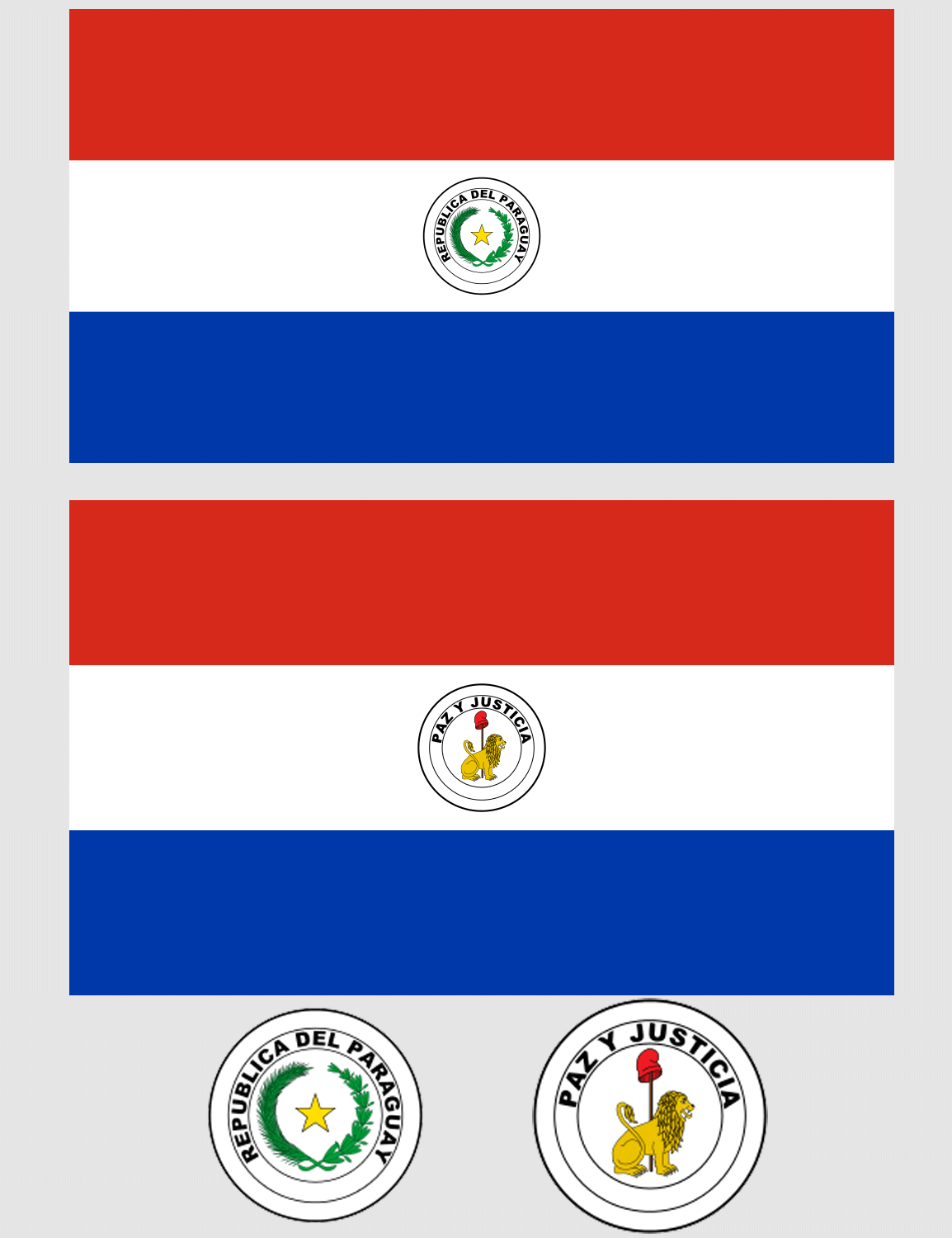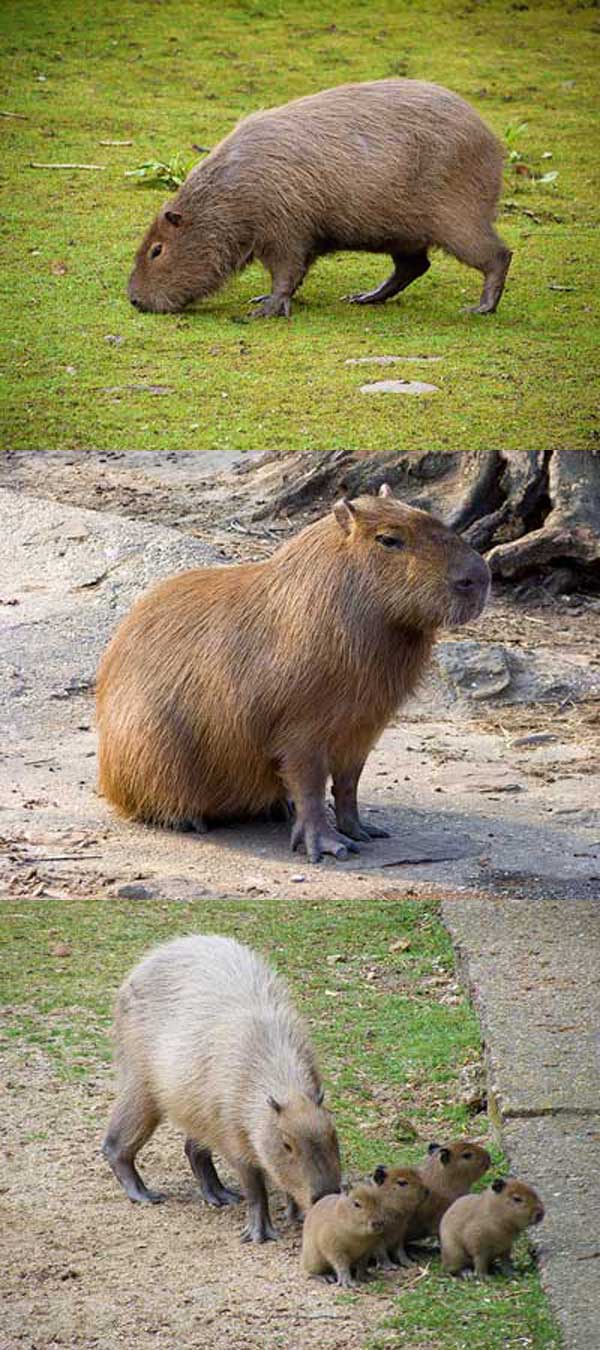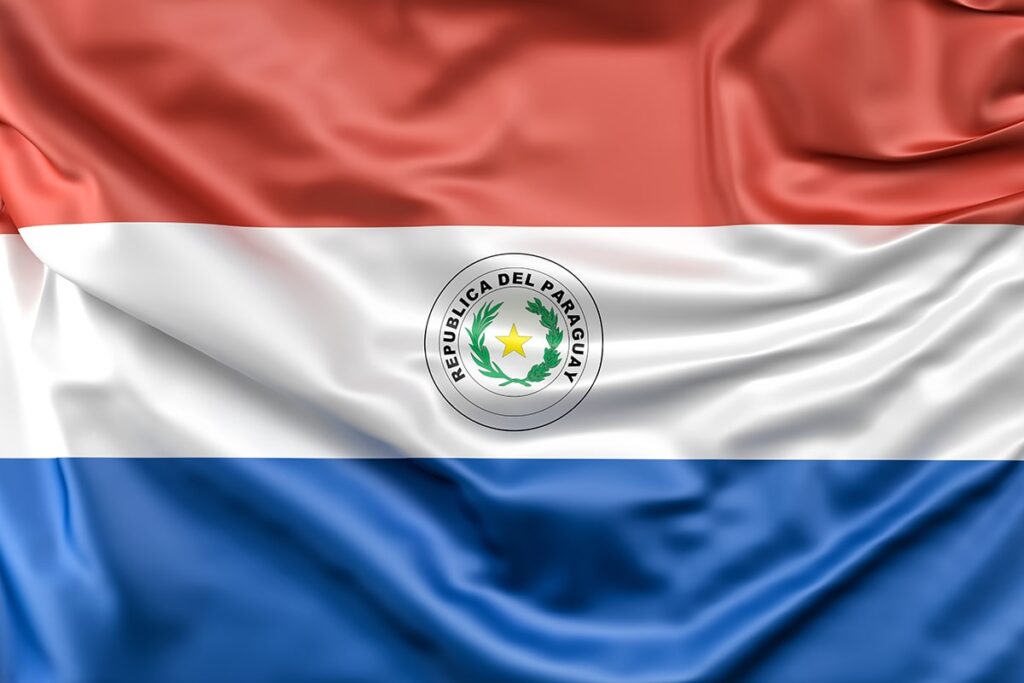1. Languages: Paraguay is one of the few South American countries that have retained their indigenous language (Guaraní) as an official language. Guaraní is an onomatopoeic language, which means it is made up of sound words (i.e. words formed by imitating natural sounds). Almost the entire population of Paraguay understands and speaks Spanish, but prefers to speak Guaraní
2. Name: The name ‘Paraguay’ has an unclear origin; some believe it comes from a tribe that once lived on the banks of the Paraguay River, while others hold that it has a linguistic meaning along the lines of ‘the river that runs to the sea’ (or something similar)
3. Chaco: Although the western part of the country (colloquially known as ‘Chaco’) makes up 60% of Paraguay’s total area, only around 2% of the population lives here
4. Ethnicity: Paraguayans are primarily a mixture of Spaniards and indigenous Guarani Indians. Among all the countries in South America, the Paraguayan population is the most racially homogenous
5. National drink: Paraguay’s national drink is a special type of tea called ‘mate’, which is also found in many other countries around the world (including several South American countries)

Fact: Paraguay’s flag is special because it has different symbols on each side. On the obverse (top) is the country’s coat of arms and the reverse (bottom) is the logo of the Paraguayan Ministry of Revenue
6. Largest rodent: The world’s largest rodent – the capybara (or ‘river hog’ as it is also known) – lives around the rivers of Paraguay and a few other South American countries. The heaviest capybaras ever recorded weighed 73.5 kg (a male from Paraguay) and 91 kg (a female from Brazil)
7. Jesuits: In the 1700s, there were many Jesuits in Paraguay to convert the population to Christianity, which they did successfully until the Spanish expelled them from the country in 1767
8. Wars: The War of the Triple Alliance from 1865 to 1870 still looms large in the minds of Paraguayans. The war claimed the lives of around 90% of the adult male population as they fought Argentina, Brazil and Uruguay for access to the sea. In the 1930s, Paraguay was again at war, this time against Bolivia, which – along with the Triple Alliance War – helps explain the relatively low population density (around 16 inhabitants per km2)
9. Public holidays: Paraguay gained independence from Spain on May 15, 1811, which is therefore celebrated every year as the country’s Independence Day. In addition, there is also ‘Heroes’ Day’ on March 1, which marks the end of the War of the Triple Alliance, and June 12, which indicates the end of the war against Bolivia. April 30th is also Teachers’ Day, when the country’s teachers – as the name suggests – take the day off
10. Flag: Paraguay got its current flag on November 27, 1842. The flag has three horizontal stripes (red, white and blue), but is very special because the symbols on its two sides are not the same; on the obverse is the coat of arms of Paraguay surrounded by the text ‘REPUBLICA DEL PARAGUAY’ (Republic of Paraguay), where the reverse is adorned with the symbol of the country’s Ministry of Revenue and surrounded by the text ‘Paz y Justicia’ (Peace and Justice)

Fact: The capybara – the world’s largest rodent – is native to Paraguay (and a few other South American countries). The largest recorded male capybara weighed 73.5 kg and came from Paraguay


